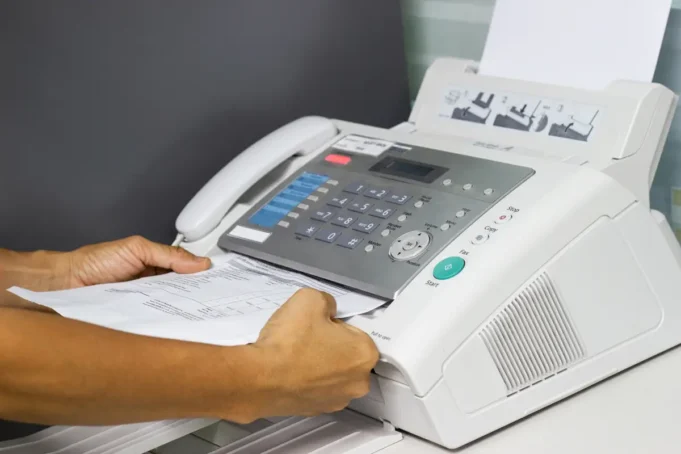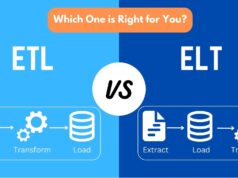In a world driven by digital technologies, the fax machine may appear as an artifact of a bygone era. However, this perception must do justice to the remarkable adaptability and continued relevance of faxing in the modern workplace. Far from being obsolete, faxing is a powerful tool for bridging the gap between analog and digital communication.
This article explores how faxing has evolved to enhance efficiency and security in the contemporary business landscape.
The modern fax machine: Combining tradition with technology
The traditional standalone fax machine has undergone a significant transformation to cater to the multifaceted needs of modern businesses. Multifunction printers (MFPs) have become a standard in many workplaces, and these devices often come equipped with built-in fax capabilities. This integration has streamlined office operations by consolidating faxing, scanning, printing, and copying into a single device.
With MFPs, employees can seamlessly transition between tasks without needing multiple separate machines, reducing clutter and minimizing equipment expenses. These modern fax machines blend the convenience of digital technology with the reliability of traditional faxing.
In the digital age, email is a primary mode of communication. Faxing has stayed strong; it has adapted to complement email through fax-to-email services. This innovation enables users to send and receive faxes directly from their email accounts. It not only simplifies the process but also leverages the ubiquitous nature of email.
This integration doesn’t just make faxing more convenient; it also helps reduce paper usage, save time, and enhance the security of fax communications. It combines the speed and efficiency of email with the security and legal recognition of faxed documents, making it a powerful tool for the modern workplace.
Security and compliance: Faxing’s strong suit
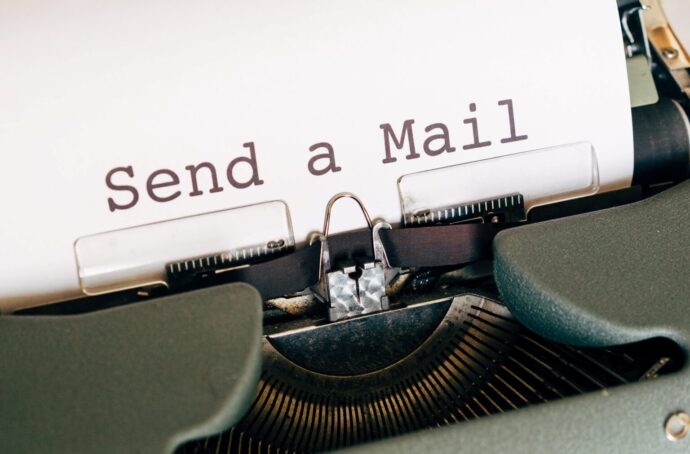
Security is a paramount concern for modern businesses, and faxing offers a level of security that email and other digital methods often need help to match. Fax transmissions are direct and point-to-point, which means they aren’t as susceptible to cyber threats or unauthorized access as email. Information transmitted via fax isn’t stored on servers or passed through multiple digital channels, reducing the risk of data breaches. In sectors like healthcare, finance, and legal services, where data privacy and confidentiality are non-negotiable, faxing remains the preferred method for transmitting sensitive information.
Many jurisdictions legally recognize faxes as official documents, granting them a unique status in the modern workplace. For essential contracts, medical records, legal documents, or any communication that requires a legally binding form, faxing is often the method of choice. The confirmation of receipt, the preservation of the document’s original format, and the proof of transmission offer an additional layer of protection and legal compliance that can be challenging to achieve through other communication channels.
Future-Proofing Communication: The Role of Fax in Business Continuity
In an era where business continuity has become a buzzword, faxing stands out as a resilient communication channel that withstands various challenges. Whether it’s a natural disaster, a cyber-attack, or a network outage, fax systems often remain operational when other forms of communication fail. This reliability is crucial for maintaining operations during unforeseen events, making faxing an essential component of any robust business continuity plan.
Faxing’s independence from the internet can be a lifeline in situations where digital networks are compromised. For businesses that operate in areas with unstable internet connections or during incidents of network failure, the ability to send and receive critical documents via fax can mean the difference between continuity and costly downtime. As organizations prepare for the future, incorporating faxing into their contingency strategies ensures that they can keep communication lines open, no matter the circumstance.
Streamlining workflows and collaboration
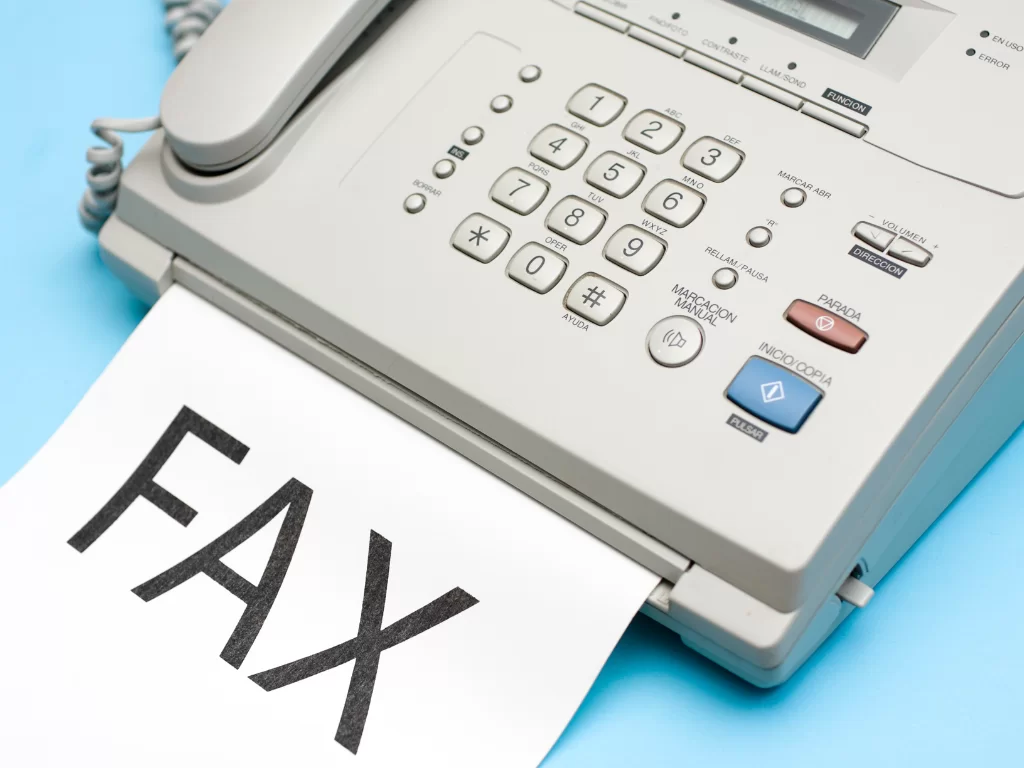
Faxing plays a crucial role in the documentation process, and modern workplaces have embraced this functionality to streamline their workflows. It’s particularly beneficial in industries where paper records are still the norm, such as healthcare, legal, and real estate. With faxing, documents can be quickly and securely transmitted, signed, and returned. Integrating faxing into digital record-keeping systems ensures that all relevant documents are readily accessible and searchable, improving overall efficiency.
Modern workplaces often demand collaborative efforts that span across geographical boundaries. A free online fax service facilitates this collaboration by allowing teams to share documents and obtain signatures, even when team members are dispersed in different locations. Integrating cloud-based fax services has made it easier to share and store documents digitally, making the collaboration process more efficient and eco-friendly. This collaborative element has brought new life to faxing, enabling seamless teamwork even in an increasingly connected world via digital channels.
Cost-efficiency and sustainability
Faxing remains a cost-effective communication method in the modern workplace. The infrastructure required for faxing is often less expensive to set up and maintain than complex digital communication systems. Moreover, fax machines often present a more budget-friendly solution when considering the total cost of ownership, including hardware, software, and maintenance. This cost-efficiency is especially beneficial for small businesses and startups looking to manage their expenses while maintaining efficient communication methods.
In an age of heightened environmental awareness, it’s essential to consider the ecological impact of technology. Faxing can be a sustainable choice when implemented with eco-friendly practices such as using recycled paper and energy-efficient machines. The simplicity of fax machines means they have a longer lifespan compared to many high-tech gadgets, reducing the need for frequent replacements and minimizing electronic waste. The sustainability of faxing aligns with the broader goal of reducing the carbon footprint of modern workplaces.
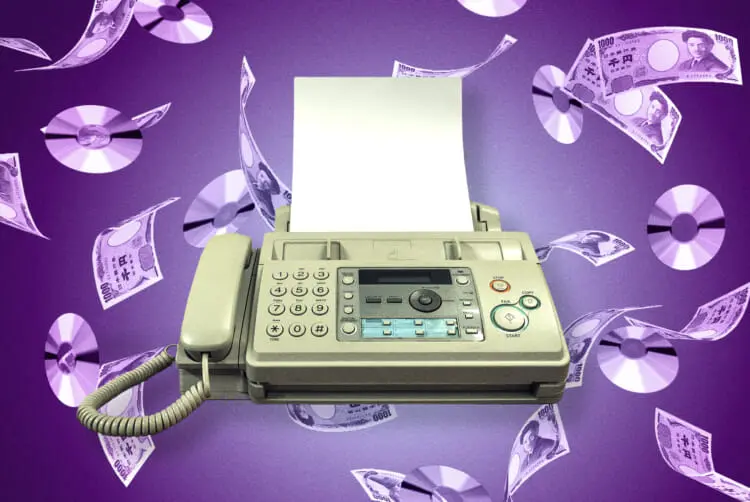
With that said
Faxing, often considered a relic of a bygone era, has proven its enduring relevance and adaptability in the modern workplace. Its unique blend of security, legal recognition, cost-efficiency, and sustainability sets it apart as a communication method that bridges the gap between tradition and technology.
Whether integrated into multifunction printers or complemented by fax-to-email services, the modern fax machine offers a seamless and secure way to communicate. In a business world where efficiency, security, and compliance are paramount, faxing holds its own, proving that sometimes the best tools have stood the test.

